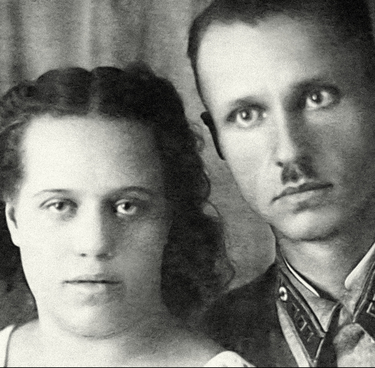This base map demonstrates a lackluster situation for fascists and for Wehrmacht’s summer offensive operation to the south of the Kursk place of arms in 1943. This was the end of Operation Citadel, which was planned by the German command as a sudden attack on Soviet forces by a massive strike on their enemy front approaching from Kursk Salient.
This base map sketches in the situation in which Wehrmacht decided to attack the enemy in the direction of a populated area of Prokhorovka due to the failure of their previous plan. Waffen-SS, the elite forces, were assigned to make this vision a reality. These were the Leibstandarte SS Adolf Hitler, Totenkopf and Das Reich panzer divisions.
Despite the push of Hitler’s army, the Soviet army launched the offensive just after July 12, 1943. This base map confirms that retaliation against a group of German soldiers was planned to be assigned to the Voronezh Front, taking six of its eight armies to participate in the counter strike.
Observing the directions of the strikes on the map and the forces used for them, one can come to the conclusion that Nikolai Fyodorovich Vatutin, the chief commander of the Voronezh Front, intended to encircle the main forces of the 4th Panzer Army of Hermann Hoth. This army entered the Soviet defensive line in an arrowhead, which left it vulnerable from flanks. This plan’s success, executed by Vatutin, would allow the Soviet army to easily launch an offensive operation.
Pavel Alexeyevich Rotmistrov wrote about these days in his memoirs. During these times, he commanded the 5th Tank Army, which obtained the status of the a guards tank army. On July 10, 1943, when the 5th Guards Tank Army became a subcomponent of Voronezh Front forces, he was urgently summoned to the command post of front commander Nikolai Fyodorovich Vatutin.
The commander already had Marshal Aleksandr Mikhaylovich Vasilevsky, who represented Stavka, the emergency high command of the armed forces, and Lieutenant General Semyon Pavlovich Ivanov, who commanded the frontline staffs. Vasilevsky arrived to the front intentionally to coordinate the actions of the Southwestern and the Voronezh Fronts.
Vatutin, Vasilevsky, and Ivanov explained the current situation near Kursk to Rotmistrov in details. Vatutin showed a district of Prokhorovka on a map to Pavel Alexeyevich, and told him that both the forces of the 2nd SS Panzer Corps and the 48th Panzer Corps in alliance with the Kempf task element were heading there to strike together.
It was decided to put the 5th Guards Tank Army up against the SS panzer divisions. To make this strike effective, the military commanders strengthened it with two tank corps.
This base map sketches in the situation in which Wehrmacht decided to attack the enemy in the direction of a populated area of Prokhorovka due to the failure of their previous plan. Waffen-SS, the elite forces, were assigned to make this vision a reality. These were the Leibstandarte SS Adolf Hitler, Totenkopf and Das Reich panzer divisions.
Despite the push of Hitler’s army, the Soviet army launched the offensive just after July 12, 1943. This base map confirms that retaliation against a group of German soldiers was planned to be assigned to the Voronezh Front, taking six of its eight armies to participate in the counter strike.
Observing the directions of the strikes on the map and the forces used for them, one can come to the conclusion that Nikolai Fyodorovich Vatutin, the chief commander of the Voronezh Front, intended to encircle the main forces of the 4th Panzer Army of Hermann Hoth. This army entered the Soviet defensive line in an arrowhead, which left it vulnerable from flanks. This plan’s success, executed by Vatutin, would allow the Soviet army to easily launch an offensive operation.
Pavel Alexeyevich Rotmistrov wrote about these days in his memoirs. During these times, he commanded the 5th Tank Army, which obtained the status of the a guards tank army. On July 10, 1943, when the 5th Guards Tank Army became a subcomponent of Voronezh Front forces, he was urgently summoned to the command post of front commander Nikolai Fyodorovich Vatutin.
The commander already had Marshal Aleksandr Mikhaylovich Vasilevsky, who represented Stavka, the emergency high command of the armed forces, and Lieutenant General Semyon Pavlovich Ivanov, who commanded the frontline staffs. Vasilevsky arrived to the front intentionally to coordinate the actions of the Southwestern and the Voronezh Fronts.
Vatutin, Vasilevsky, and Ivanov explained the current situation near Kursk to Rotmistrov in details. Vatutin showed a district of Prokhorovka on a map to Pavel Alexeyevich, and told him that both the forces of the 2nd SS Panzer Corps and the 48th Panzer Corps in alliance with the Kempf task element were heading there to strike together.
It was decided to put the 5th Guards Tank Army up against the SS panzer divisions. To make this strike effective, the military commanders strengthened it with two tank corps.

